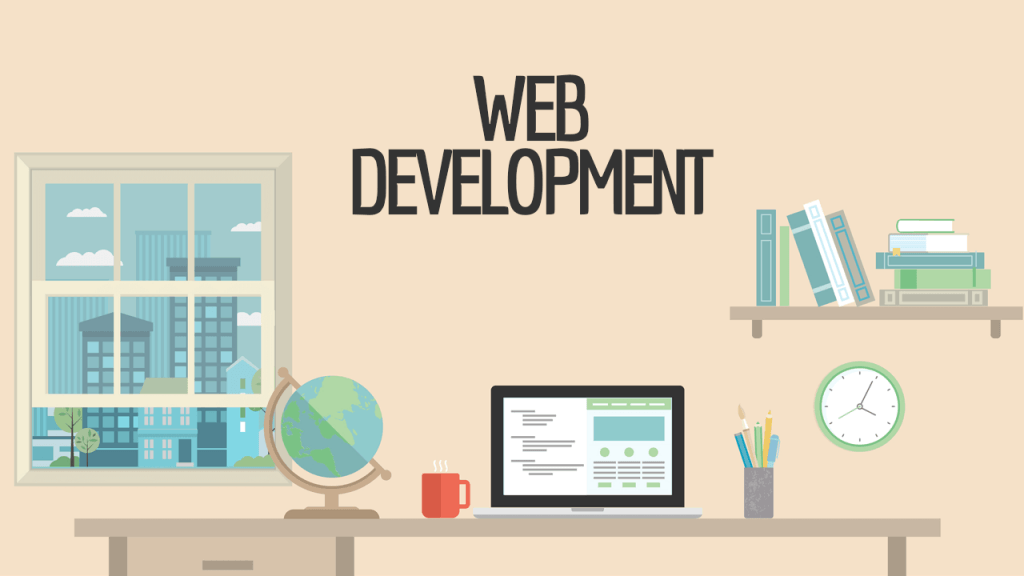
Let’s imagine it’s 2027. Former president of Kenya, Daniel Arap Moi, has just celebrated his 102nd Birthday.
What kind of websites do you predict we will be building? What kind of interfaces are our web visitors interacting with? Will Google require a website to be VR-enabled? What about mobile? Is there still mobile web?
Here are my 4 predictions on how the future of web development could look like in 2027
- URLs Will Still Be Killer Feature
URLs are the core organizing systems of the web and will continue to be crucial for web development. Besides, the convenience of landing on your preferred website at the click of a button is nothing short of amazing. I mean the web really got this one right. Just think about it, not only does a URL make search engines relevant, they also make bookmarking and sharing possible. What’s more, URLs are a level playing field for marketers since anyone from anywhere can visit a URL.
- Performance is King
If you look around, you’ll notice that user expectations are rising steadily when it comes to website interactions. In a decade, clients will ask for complicated websites to be delivered within a short time and to perform perfectly. Website’s that perform poorly in terms of loading speed, UI or UX will be an embarrassment.
- Online Customer Support
Chatbots first came out in 2016, have become relevant in 2017 and will catch up fully in 2018. However, since there are thousands of chatbots available already, 2027 will experience high-quality chatbot services with at least 85% of all customer interactions on a website proceeding without human interaction. Imagine texting Nike via a chatbot to track your recent sneaker order rather than opening your browser to log in and stumble around the site to find your order history. Or better yet… Nike texting you about shipping updates.
- Building Systems, not Pages
With the advent of progressive web apps, I expect to see Google Polymer taking the front seat in website development in the next decade. Google polymer allows a programmer to develop progressive web apps simply by piecing components together to build what users see. That piecing together can be done by UX folks, interaction designers, even marketing guys like myself 😉 So instead of coding pages, programmers will be focusing on systems and the different components of the system.
Conclusion
Today’s web development tools and practices don’t yet naturally support some of the above-mentioned features. However, these are areas where website developers need to focus on to gain an advantage over competition. All in all, I urge you to take these predictions with a grain of salt. If you really need solid predictions of website development in 10 years, you should aggregate data of survey results from a sizeable number of developers.
Read>>The Case for Digitalization: 5 Signs You Are Lagging Behind




